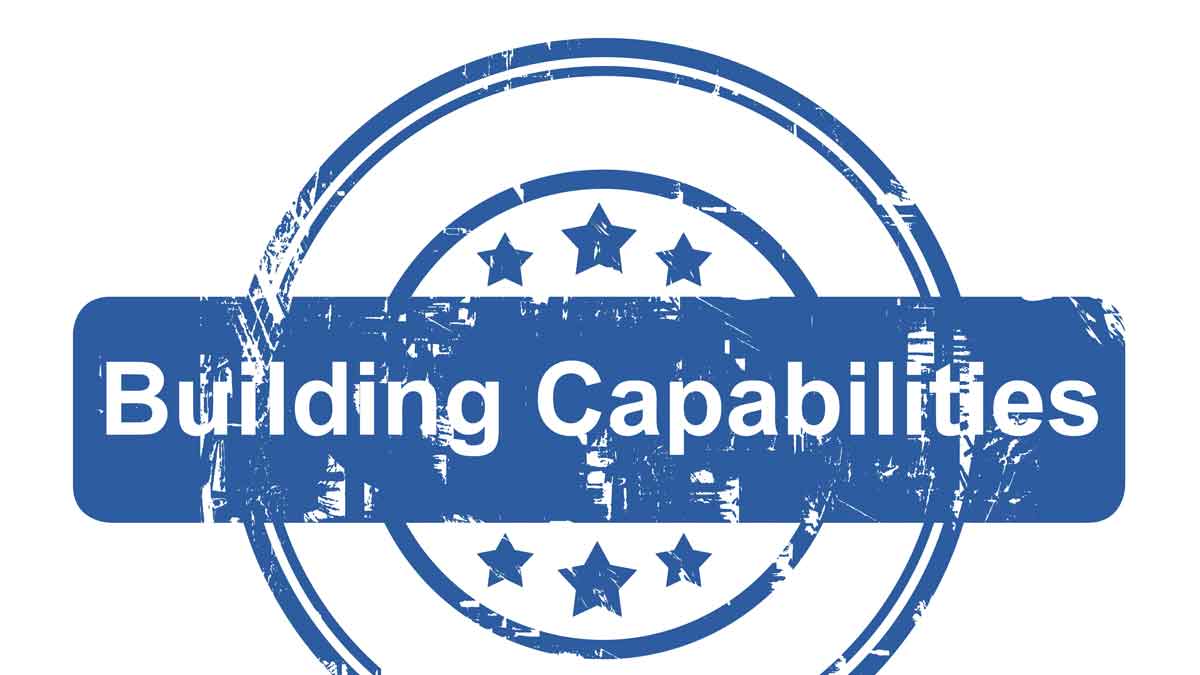Ever watch stage-gate reviews or entire workshops wrestling with The Value Proposition? It’s not pretty. In my experience, good B2B customer interviews yield potential value propositions like so many ripe apples falling from a tree. You just need to pick which to pursue. If you need to dream up value propositions, you’re climbing the wrong tree.
More in white paper, Guessing at Customer Needs
Instead, ask the right questions about your customer’s problems. The consultative selling movement was given a major boost in 1988 with Neil Rackham’s ground-breaking research in SPIN Selling. By observing more than 35,000 sales calls, they established that the most successful salespeople ask great questions. Decades later, we had our own question: Are some questions more likely to drive sales? (The answer is “yes”!) We surveyed 396 B2B sales professionals with over 6,000 years of combined experience concerning 12 voice-of-customer skills.
Download AIM Institute research report, VOC Skills that Drive B2B Sales
Confirmation bias is the “tendency for people to favor information that confirms their preconceptions or hypotheses, regardless of whether the information is true.” It’s what happens when you take your lovely new-product hypotheses to customers. This systematically distorts data on customer needs… and that can’t be good for innovation, right?
More in 2-minute video at 35. Insist on data-driven innovation
Ultimately, everything your business does should be about efficiently delivering value to customers. If you don’t focus on clusters of like-minded customers, their needs will be randomly observed by different people in your company at different times under different conditions. Not an efficient way to develop new products—your lifeblood.
More in 2-minute video at 16. Segment by markets for innovation
According to the authors of The Challenger Customer, “The limiting factor is rarely the salesperson’s inability to get an individual stakeholder to agree to a solution. More often it’s that the stakeholders inside the company can’t even agree with one another about what the problem is.” To overcome this, try Key Account Blueprinting… New Product Blueprinting applied to one large account at a time. This forces stakeholder agreement.
More in white paper, Key Account Blueprinting
When you finish the front-end of innovation, you may have plenty of technical risk ahead. But you can examine B2B customer outcomes at nine levels, and gain an incredible understanding of the customer’s world. Done well, your commercial risk should be negligible when you enter the development stage.
More in white paper, Timing is Everything (page 6)
Large businesses chalk up thousands of face-to-face customer meetings each year… as sales and technical service reps go about their normal duties. Why not train these people to become VOC experts? They’ve already gained customers’ trust, they know the customer’s language, they’ll get key information first-hand, and there’s no extra travel cost.
More in white paper, Everyday VOC
If you’re dragging in your list of questions and the customer feels they’re doing you a favor… it’s supplier-led. But if you keep the scope broad enough to interest them, let them lead you to what interests them, and help them think deeply through attentive probing… it’s customer-led. It’s also much more effective.
See demo video at Reinventing VOC for B2B
And that’s the point, isn’t it? If we just try to develop the products our customers ask everyone for, and we haven’t cornered the market on R&D genius, we’ll keep struggling with differentiation. But if we intentionally expose ourselves to unexpected information—that our competitors lack—we’ll create more significant, protectable value.
More in 2-minute video at 25. Let your customers surprise you
Your new product development should start where it ends: with the customer. When you take your “pride and joy” hypothesis to customers and ask their opinion, two bad things can happen: 1) They tell you what they think you want to hear. 2) You hear what you want to hear. Start by uncovering their needs, not testing your pre-conceived notions. And be sure to use quantitative interviews to eliminate confirmation bias.
More in 2-minute video at 35. Insist on data-driven innovation
It’s much more likely you don’t know how to ask them. B2C customers can seldom describe what will entertain them or boost their self-esteem. But B2B customers are knowledgeable, interested, and objective. They may not know the solutions, but they do know their desired end-results. You’ll learn this when you learn how to ask.
More in e-book, Reinventing VOC for B2B (page 15)
One of our best innovations started as an experiment. In 2004 I projected my notes during a customer interview. The customer loved it, the meeting went far longer than expected, and we haven’t looked back since. Sure, customers can correct your notes this way, but our biggest discovery was that customers own what they create and can see. We’ve been calling these “Discovery” interviews ever since.
More in video, Reinventing VOC for B2B
Do you know if your company is improving key capabilities? Understanding customers’ needs, assessing competitive alternatives, creating data-driven value propositions, etc.? A race team that just counts wins—instead of pit crew times and engine torque—stops winning. Understand the capabilities that drive innovation and start measuring them.
More in Chapter 9 of Business Builders by Dan Adams
If you manage one new-product project, it seems less risky to develop a “me-too.” But if you manage a business brimming with “me-too” and incremental new products, you’ll slide into commoditization with its death spiral. Very risky. So make sure your portfolio has enough products that will deliver significant value to your customers.
More in 2-minute video at 42. Beware of new product incrementalism













